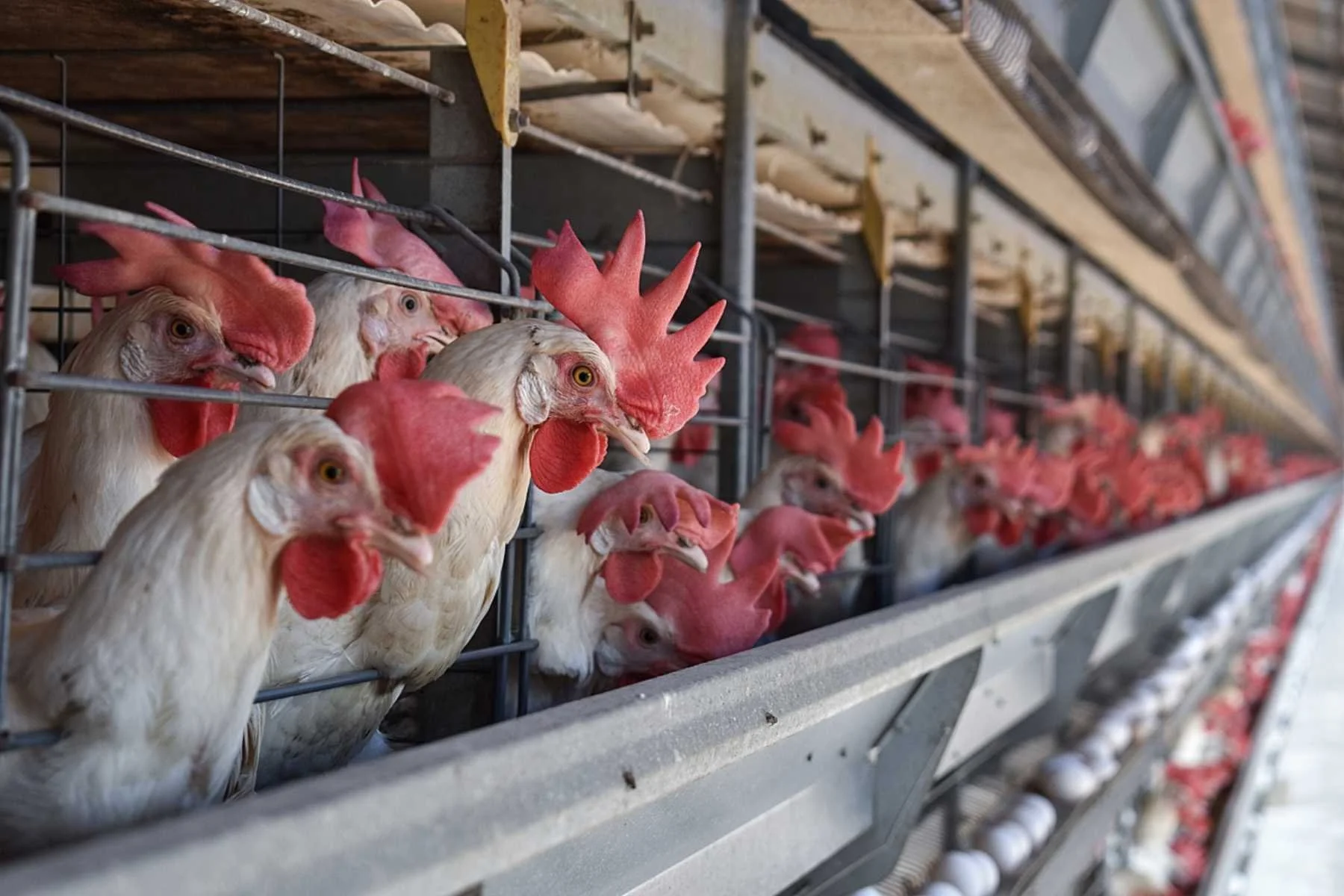Restoring nature: Klamath River runs free for first time in a century after largest dam removal in US history
Tribes have spent decades campaigning for the restoration project, which will now finally see salmon reintroduced to more than 400 miles of river after populations had plummeted by 90 percent.
Salmon will once again swim freely for the first time in a decade as the largest dam removal in US history nears completion.
Today, the last dams were broken as part of the project and saw the Klamath River begin to flow freely across its natural path.
“The dams that have divided the basin are now gone and the river is free”, Frankie Myers, vice chairman of the Yurok Tribe, said in a statement. “Our sacred duty to our children, our ancestors, and for ourselves, is to take care of the river, and today’s events represent a fulfillment of that obligation.”
The Klamath River, which traverses the California-Oregon border, was once the third largest salmon fishery in the lower 48 states. But dams blocked the flow of the river, and began to impact water quality and disrupt fish habitat and migration routes.
As a result of the dam’s negative impacts, salmon populations have been decimated in the last few decades with estimates showing that the numbers of fall chinook salmon plummeted by more than 90 percent and spring chinook by 98 percent.
Tribal communities have spent decades calling for the dam removal in Klamath River to help restore the river’s health and recover salmon populations. A grassroots campaign by tribal members was initially started back in 2002 after a mass fish death, which saw an estimated 70,000 adult salmon die in the lower river before they could spawn.
Members of the Klamath Basin Tribes at a dam removal demonstration back in 2006. Credit: Patrick McCully
The campaign called for the dam’s owner to surrender the lower four Klamath River dams so that they could be removed.
Years of protests, lawsuits and direct action followed, and a settlement agreement to remove the dams was eventually reached in 2016.
The lengthy deconstruction process finally began with the first of the four dams removed in 2023, and the final dams being broken today.
With the flow of the river now restored, fish will now be able to swim across more than 400 hundred miles of high-quality tributaries, from the mouth of the river in California up to where it originates below Oregon’s Lake Ewauna.
The dam removal is the largest salmon restoration project in U.S. history, and the salmon runs from the Klamath are expected to more than double in number. The population rebound will be supported by an improved river health, as the dam removal will also eliminate reservoirs that hosted massive bloom of toxic blue-green algae, and also help eliminate conditions that enabled fish diseases to thrive.
“This historic dam removal, improving access to over 400 miles of habitat, represents a shared victory for all who recognize nature as a living ecosystem to be cherished and protected”, said campaign group International Rivers. “This victory ripples far beyond the Klamath, offering hope and inspiration for river defenders worldwide.”
Ongoing work will now continue to help the Klamath River’s recovery in coming years. This includes restoration of the land along the river and in key tributaries which were previously covered by the reservoirs.
We Have A Favor To Ask…
Species Unite amplifies well-researched solutions to some of the most abusive animal industries operating today.
At this crucial moment, with worldwide momentum for change building, it’s vital we share these animal-free solutions with the world - and we need your help.
We’re a nonprofit, and so to keep sharing these solutions, we’re relying on you - with your support, we can continue our essential work in growing a powerful community of animal advocates this year.





